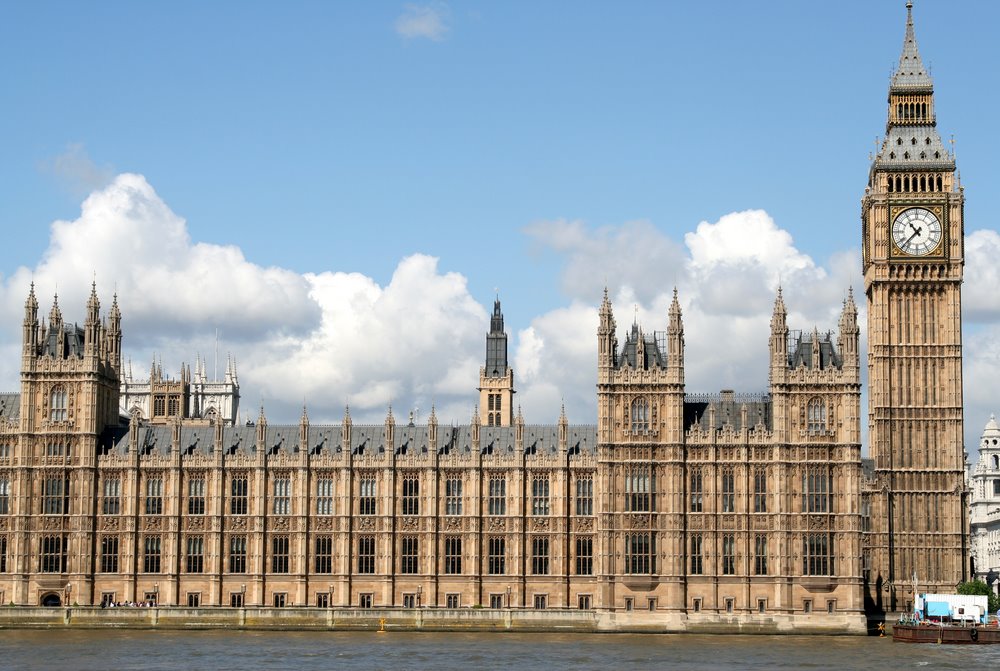The Chancellor’s Autumn Statement 2016 contained a number of announcements making relatively minor changes to the business rates system in England. The changes will affect all ratepayers in England, because they include a (very small) change to next year’s Uniform Business Rate multiplier, but fall far short of any fundamental reform of the system. The Government’s discussion papers on structural reform of business rates, and on radical alternatives to the current system, such as self-assessment, have disappeared into the long grass!
The most important new announcement is that the Uniform Business Rate multiplier for next year (2017/18) will be very slightly lower than was previously announced. The multiplier for larger businesses next year will be 47.9 pence, rather than 48.0 pence as originally announced by the local government Minister in September. This compares with the current figure of 49.7 pence. The change reflects the impact of the 2017 rating revaluation. The multiplier for smaller businesses next year will be 46.6 pence, rather than 46.7 pence as announced earlier by the local government Minister. This compares with the current figure of 48.4 pence. Again, this change reflects the impact of the 2017 rating revaluation.
The Chancellor also reconfirmed the Government’s intention to make permanent from 1 April 2017 the doubling of small business rate relief to 100% for small businesses occupying properties with Rateable Value up to £12,000. Small Business rate relief will apply on a tapered basis for properties up to Rateable Value £15,000. This simply reconfirms commitments made in Budget 2016.
The other announcements concerned rate reliefs for new broadband installations, an increase in rural rate relief, and details of the scheme of transitional adjustments to be applied in England following the 2017 Rating Revaluation.
The government will offer 100% business rates relief to new full-fibre infrastructure broadband installations for a five-year period from 1 April 2017. There will also be a doubling of rural rate relief to 100% for qualifying properties form 1 April 2017. This latter change is to correct an anomaly that results in some rural businesses being worse off because they qualify for rural rate relief, at 50%, and this disqualifies them from benefitting from small business rate relief at 100%. The broadband relief is an entirely new relief to go in amongst the morass of other business rates relief and exemptions – some of them competing with each other, or even conflicting as was the case with the rural rate relief and small business rate relief.
Transitional rate relief following the 2017 rating revaluation was the subject of a recent consultation by Department of Communities and Local Government. But, showing where the power in Whitehall really lies, the Chancellor’s Autumn Statement set out the what the Government intends to do, and left it to DCLG to publish the results of the consultation, including correcting the figure that the Chancellor got wrong in his statement!
The consultation paper set out the Government’s preferred option for the scheme of transitional adjustments, which will phase in the more significant changes in rates liabilities following the 2017 rating revaluation. The final scheme, announced by the Chancellor in his Autumn Statement differs only very slightly from the preferred option in the consultation and those differences relate to the maximum annual increases for larger properties, those with Rateable Values over £100,000.
- For “small” properties, those with Rateable values up to £20,000 (or £28,000 in London) the maximum year one (2017/18) increase in rates liability will be 5% (plus RRI inflation), and the maximum year one decrease in liability will be 20%, also adjusted for RPI inflation. This is as set out in the “preferred option” proposal in the consultation paper.
- For “medium” properties, those with Rateable values above to £20,000 (or £28,000 in London) but not more than £100,000, the maximum year one increase in rates liability will be 12.5% (plus RRI inflation), and the maximum year one decrease in liability will be 10%, also adjusted for RPI inflation. Again, this is as set out in the “preferred option” proposal in the consultation paper.
- For “large” properties, those with Rateable values above to £100,000, the maximum year one increase in rates liability will be 42% (plus RRI inflation), and the maximum year one decrease in liability will be 4.1%, also adjusted for RPI inflation. The maximum increase is slightly below that set out in the “preferred option” proposal in the consultation paper, which was 45%. The maximum decrease is the same as that set out in the consultation.
It is clear that government is determined to target support to smaller properties and seems much less concerned about the impact of large increases, more than 40% in the first year, on larger properties. The consultation makes much of the need for the scheme of transition to be self-financing, but ignores the option for a scheme that self-finances over five years, rather than in each individual year, or the option to do away with downwards limits on liability and to fund caps on increases by a premium on the Uniform Business Rate. Real long-term reform to grapple with the problems of the business rates system seems as distant as ever.

